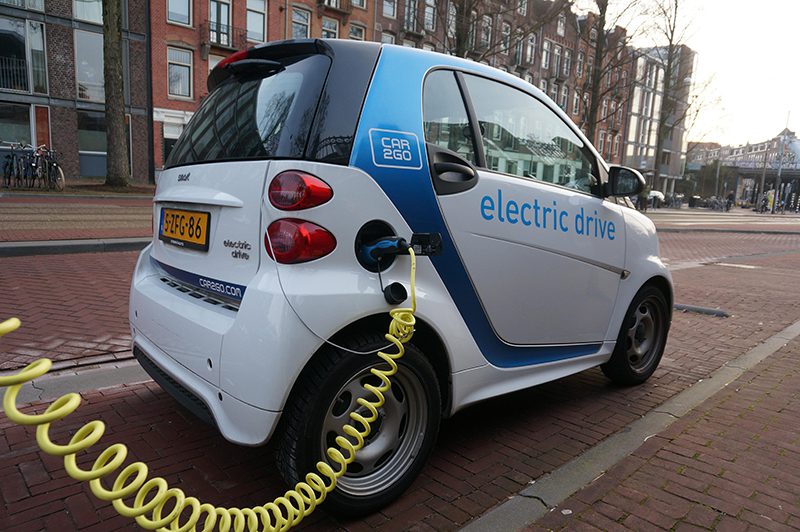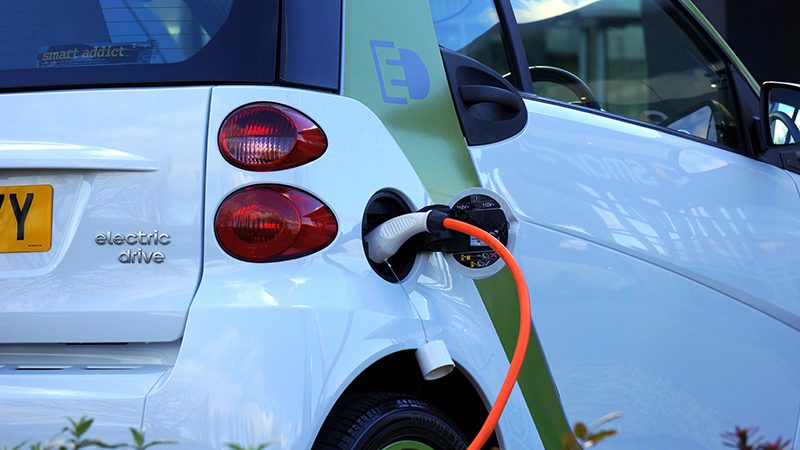Evaluating electrified vehicle fluids
Evaluating electrified vehicle fluids – Drivetrain fluids for electrified vehicles (EVs), both hybrid and full electric, have differing requirements from conventional fluids. Traditional performance needs such as oxidation protection, material compatibility, aeration resistance, and wear protection are still important, but new challenges exist in the form of electrical conductivity, heat transfer, high speed durability, compatibility with new and different materials, and battery cooling. Conversely, friction performance – critical to applications employing wet clutches – is now of lesser importance as the range of system operating speeds is now covered by variable speed motors, rather than conventional step gear transmissions. Adding to the complexity of the electrified drivetrain space are the myriad hardware configurations as each drive unit manufacturer seeks their own solution to transmit power to the wheels. There are no “one size fits all” solutions.
While many existing systems employ automatic transmission fluids in their electrified drivetrains, these fluids may not be optimal for each solution, as they were designed around the needs of more conventional applications. In order to improve fluid performance in electrified vehicles, it is vitally important that formulators designing these fluids have tests at their disposal that properly correlate to real world systems.
Suitable tests for conventional fluids have been developed and improved over decades. These controlled test methods are used to assess fluid performance and allow the evaluation of formulation changes against known standards. Unfortunately, similar tests for electrified vehicles simply do not exist, or are at best in early stages of development.
There are industry efforts underway to adequately identify the performance needs of EV fluids and develop tests to evaluate them. SAE International has authored “Information Report J3200 on Electric Drivetrain Fluids (EDF)” as a guide to understanding the terms related to EV fluid properties and existing tests that may have applicability to EV fluid evaluation. Southwest Research Institute’s Advanced Fluids for Electrified Vehicles (AFEV) Consortium is a joint industry project whereby member companies pool resources to explore precompetitive concepts to properly characterize EV fluids.
Ultimately, new tests will need to be developed that address the specific needs of EV fluids. These new tests will need to assess performance with respect to electrical and thermal properties, compatibility with materials unique to EV systems, high speed durability, oxidation and aeration resistance, and battery performance.
Click on the image below and read the complete article “Test methods for evaluating electrified vehicle fluids” in the digital version of the magazine “LUBES EM FOCO – issue 86” :
Electrical properties
Prominent among the new requirements for EV fluids are suitable electrical properties. As fluids are exposed to electric fields within drive units, it is vital to understand the effects of these fields on their performance. The chemical makeup of a fluid (both base stock and additive package) will determine how it performs in an electric field and how the effects of the field may change the fluid as it ages.
Unfortunately, the standard tests that are currently available to assess a fluid’s electrical properties have limitations when applied to EV fluids. Many are constrained by limited ranges of operating frequency, temperature, and electrode spacing. Among these are tests for electrical conductivity (ASTM D1169), dielectric breakdown (ASTM D1816), dielectric constant (relative permittivity) and power factor / dissipation factor (ASTM D924).
If electrical conductivity is too high, current may ‘leak’ from the system, which will decrease its efficiency and, in extreme cases, cause a shock hazard. If electrical conductivity is too low, a static charge may develop, discharge of which may cause damage to bearings and other components. Fluids with lower dielectric constant will demonstrate a reduced ability to store an electric charge. Low power factor fluids are less efficient and may lose electric power to heat. If a fluid is not able to withstand sufficient applied voltage, dielectric breakdown may result. Electro-rheology (fluid flow in the presence of an electric field) and electro- tribology (wear in the presence of an electric field) are also important areas of study when assessing EV fluid performance.
 In electric drive units, there is a tendency of electric currents to seek a ground path through the bearings. This can lead to fluting damage at the bearing race. The Flucon E-Lub tester replicates electrical discharge machining (EDM) using test bearings and either oils or greases. In this test, grounding of current induced by the rotating motor occurs through the test bearing. This phenomenon is also under investigation by the AFEV Consortium.
In electric drive units, there is a tendency of electric currents to seek a ground path through the bearings. This can lead to fluting damage at the bearing race. The Flucon E-Lub tester replicates electrical discharge machining (EDM) using test bearings and either oils or greases. In this test, grounding of current induced by the rotating motor occurs through the test bearing. This phenomenon is also under investigation by the AFEV Consortium.
Heat transfer
As advances in electric drive units continue, the need exists for increased power levels in smaller motor packages. Designers of wet motors look to the EV fluid to cool the drive units, making good heat transfer properties a must. The fluid’s ability to store and transfer heat are defined by thermal conductivity, thermal diffusivity, and specific heat capacity.






















